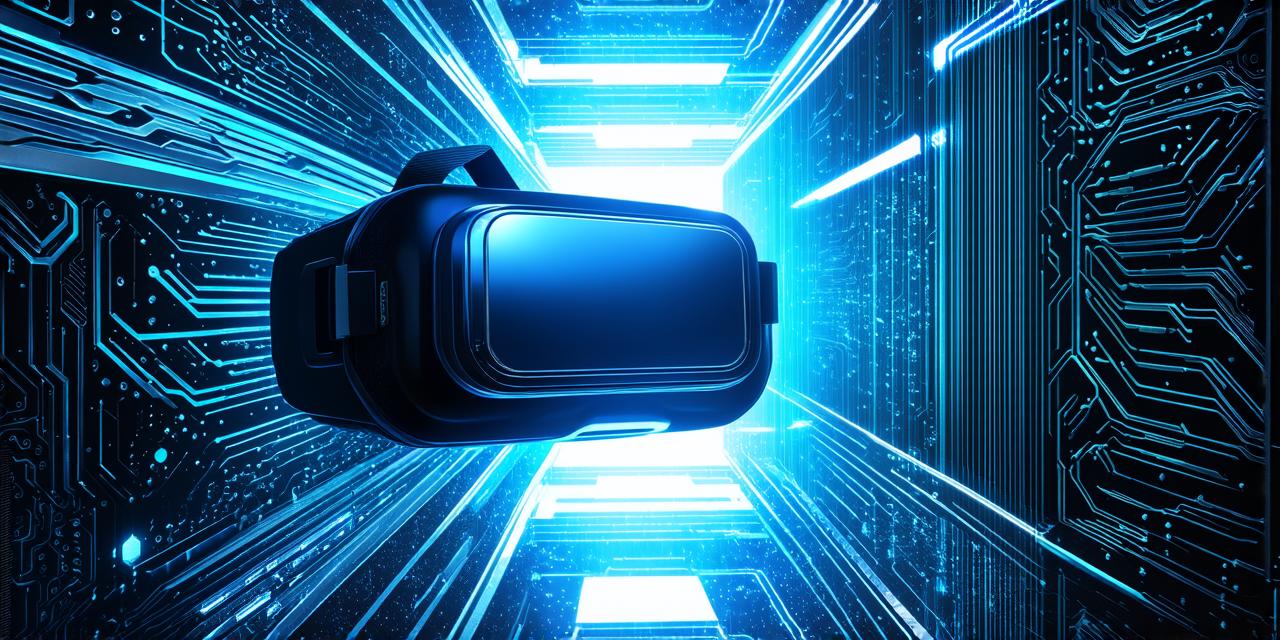Virtual reality (VR) technology is rapidly advancing and has already found various applications across multiple industries. From gaming and entertainment to healthcare and education, VR has the potential to revolutionize how we interact with the world around us.
Why Virtual Reality Matters
Virtual reality technology enables users to immerse themselves in a simulated environment that closely resembles the real world. This technology has the potential to transform industries, improve experiences, and enhance learning. Here are some reasons why virtual reality matters:
- Enhances Learning
Virtual reality technology can provide an immersive learning experience that enables students to interact with complex concepts and ideas in a safe and controlled environment. For example, medical students can practice surgeries in a virtual operating room before performing them on real patients, while history students can explore ancient civilizations without leaving their classrooms.
- Improves Training
Virtual reality technology can provide an effective way to train employees in various industries, such as military, aviation, and manufacturing. By simulating real-world scenarios, virtual reality training enables trainees to practice their skills in a safe and controlled environment, reducing the risk of injury or damage to equipment.
3. Boosts Engagement
Virtual reality technology can enhance user engagement in various applications, from gaming and entertainment to education and healthcare. By providing an immersive experience, virtual reality can capture users’ attention and keep them engaged for longer periods, leading to better outcomes.
4. Reduces Costs
Virtual reality technology can reduce costs in various industries by enabling organizations to train employees without the need for expensive equipment or infrastructure. It also enables companies to create prototypes and test products before investing in production, reducing waste and improving efficiency.
Case Studies in Virtual Reality
There are numerous case studies that illustrate the potential of virtual reality technology across various industries. Here are a few examples:
- Medical Training
The US military has been using virtual reality technology to train soldiers for combat missions. By simulating real-world scenarios, such as ambushes and IED attacks, virtual reality training enables soldiers to practice their skills in a safe environment, reducing the risk of injury or death.
- Aviation Training
The aviation industry has been using virtual reality technology to train pilots for years. By simulating real-world scenarios, such as turbulence and weather conditions, virtual reality training enables pilots to practice their skills in a safe environment, reducing the risk of accidents and improving safety.
- Manufacturing
General Electric (GE) has been using virtual reality technology to improve manufacturing processes in its factories. By simulating real-world scenarios, such as assembly lines and production processes, virtual reality training enables GE employees to practice their skills and identify areas for improvement, reducing waste and improving efficiency.
The Future of Virtual Reality Technology
Virtual reality technology is still in its early stages, but it has already shown great potential across various industries. As the technology continues to evolve, we can expect to see even more applications and uses for virtual reality. Here are a few trends and predictions for the future of virtual reality technology:
- Widespread Adoption
Virtual reality technology is becoming more accessible and affordable, which will lead to widespread adoption across various industries. As more organizations invest in virtual reality technology, we can expect to see even more innovative applications and uses for this technology.
- Increased Integration with Other Technologies
Virtual reality technology will continue to integrate with other technologies, such as artificial intelligence (AI) and the internet of things (IoT). This integration will enable virtual reality experiences to become more personalized and interactive, leading to even more engaging and immersive experiences.
- Enhanced Accessibility
Virtual reality technology will become more accessible to people with disabilities, enabling them to participate in activities and experiences that were previously impossible. For example, individuals with mobility impairments can use virtual reality technology to experience outdoor activities and adventures from the comfort of their homes.
